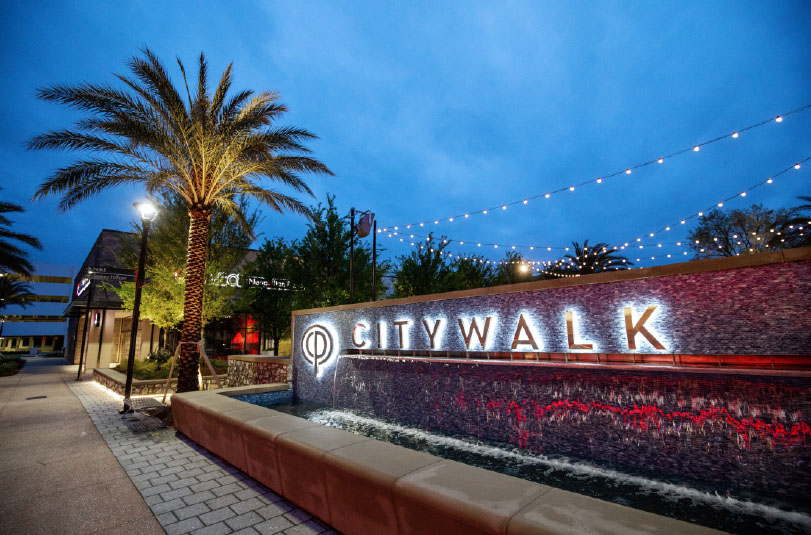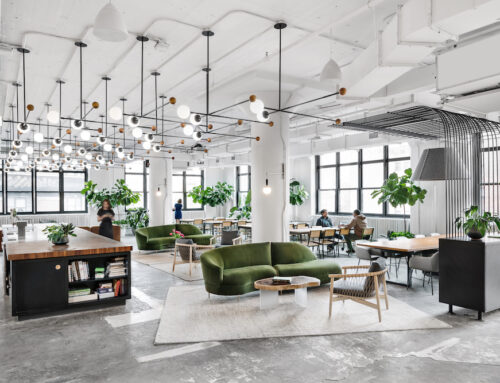Over the past few years, influenced by a major increase in online shopping, the COVID-19 pandemic, and now looming threats of inflation, investors have warned of the “death of retail” that is soon to hit major markets.
Following the COVID-19 pandemic, one thing has become clear: traditional retail would need to evolve or get left behind. With clear threats from Amazon, traditional retailers had to enter a fight-or-flight state of business and use their competitive advantages in the digital world.
The Need for Technological Evolution
Right now, Generation Z is emerging as the new dominant shopping consumer, and all they have experienced is a time of online shopping. Knowing that digit retail is mandatory for younger consumers is key to surviving in the digital age. This shift to having a digital presence has shown to be advantages for smaller, new businesses and cumbersome for major retailers.
“Native e-commerce retailers don’t have the baggage of legacy technologies and processes holding them back. They are entering the physical marketplace with a clean slate… This is the level of omnichannel that has been abuzz in retail for years — using technology to create a seamless customer experience between online and physical shopping,” said Joe Varacalli, a member of the Forbes Technology Council.
Blockbuster: A Case Study in Failure to Technologically Evolve
When looking at the importance of adapting quickly to the trends in retail, Blockbuster serves as the perfect warning story. The epitome of refusing to adapt to the digital age, this once dominant entertainment company failed to take the threat of Netflix seriously. Once they decided to evolve, it was too late.
Once it became clear that Netflix was a viable threat, they then chose to respond and react to Netflix’s advantages, rather than innovate within their market and develop new digital services that would have prevented their ultimate bankruptcy. With the 2008 recession being the final blow, Blockbuster filed for bankruptcy in 2010.
The Future of Retail: Transformative and Digital
Learning from Blockbuster, it is imperative retailers have the infrastructure to be proactive with market trends, or they will be stuck reacting to their competition and falling behind. It is not enough to bring in new technology, retailers must be agile and able to do it nearly immediately. Even Blockbuster attempted to offer streaming services, however, at this point, it was too late. Ten years later, the sentiment is even more important than it was during the start of online retail.
Today’s brick-and-mortar stores are not the same brick-and-mortar stores seen in the past. Everything from the site’s colors to the smell of the physical location is carefully crafted and decided based on data and research. Retail is no longer based on what “feels best.” With the internet, studies are easily conducted, and mom-and-pop shops have access to research that was previously privy only to large corporations.
This has allowed for the creation of the “clicks-to-bricks” movement, where this data is utilized for solely online retailers to eventually move into a brick-and-mortar store that acts and feels different than a regular store.
“When data reveals customers’ desires to use their senses to experience a product, to receive one-on-one service or to experience the brand in a new way, then expanding from clicks to bricks is a logical move,” said Joe Varacalli. For example, Casper, a native online mattress store opened a brick-and-mortar store where they didn’t sell physical mattresses (they were solely bought online), but customers could “pay $25 for a 45-minute nap in a pod furnished with a Casper mattress and bedding.” By allowing stores to do a test run online, then decide to have physical locations in the future, they can save on capital and test their business’ success before risking defaulting on loans or facing other issues.
New Uses for Retail Spaces
While current retailers must learn how to use their online digital presence to remain competitive, on the flip side, it is becoming important for e-commerce to enter the physical world and set up their locations. Outside of click-and-mortar stores, traditional retail spaces are being reused in ways previously not possible without the internet. Today, there are several opportunities for micro fulfillment companies, delivery systems, and ghost kitchens to help fill the gaps left by retailers left behind in the modern age.
“Also known as virtual kitchens, ghost kitchens strip down the traditional dining establishment by removing dining areas and fancy décor. Instead, they serve as large kitchens for restaurants to prepare food to deliver to customers,” said Blake Morgan, a senior contributor at Forbes. “Ghost kitchens highlight many strong customer trends surrounding experiential retail. The first [trend] is the need for personalization and on-demand items. Customers want to get exactly what they want, when they want it.”
Outside of ghost kitchens, the newest trend (especially in larger metro areas) is the development of zero-inventory showrooms. Santiago Gallino, a researcher at Wharton, discovered that “digital-first retailers that open no-inventory, showroom-only physical stores see appreciably higher sales and much lower rates of returns from customers who visit.”
Consumers are comfortable with online shopping today. They understand how it works, what the timelines are, etc. But most still miss being able to see the physical product before they buy it, especially with high-value items. By providing a location to see physical items, then order them online, consumers have the option to experience the best of both worlds.
“Physical retail is not dead; it’s in transformation,” said Bill Thayer, co-founder, and CEO of Fillogic, a logistics-as-a-service platform for retail. “We don’t know what it is transforming into, but a retailer’s brick-and-mortar growth and digital growth have to work together.”
Conclusion
In a way, there is a current “death of retail” happening. Traditional brick-and-mortar stores are no longer the only option for major investors. Any major player in the retail sector knows this “death” will allow for a new era of retail: an era filled with e-commerce, ghost kitchens, and unlimited possibilities over the next few decades.







Leave A Comment